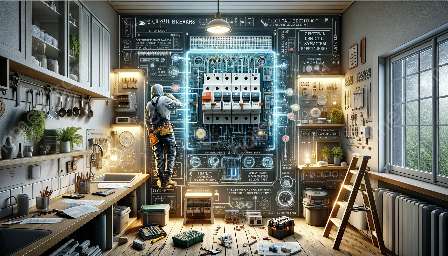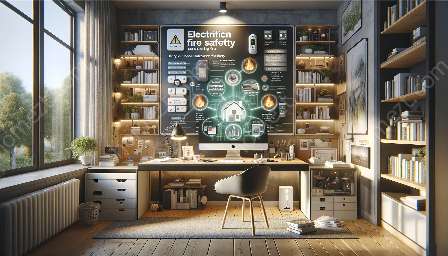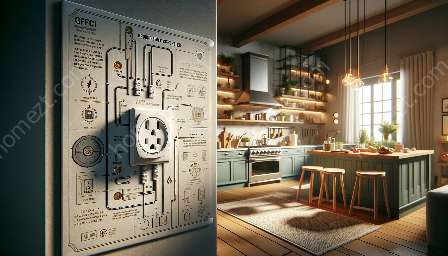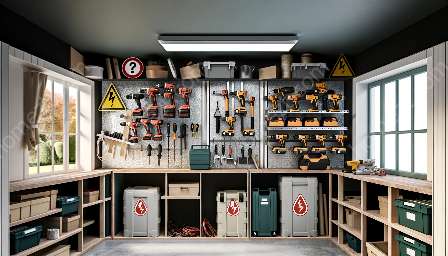When it comes to maintaining a safe and secure home environment, understanding home electrical systems is essential. This comprehensive guide will provide a detailed overview of home electrical systems, covering important aspects such as electrical safety and measures to ensure home safety and security.
Overview of Home Electrical Systems
Your home's electrical system is a complex network of wires, circuits, and components that provide power for lighting, appliances, and other electrical devices. Understanding how this system works is crucial for both safety and functionality.
Components of a Home Electrical System
- Service Entrance: This is where the electrical power from the utility company enters your home. It typically consists of a meter and a main circuit breaker or fuse box.
- Panelboard: Also known as a breaker box or distribution board, this is where the electricity is divided into separate circuits for various parts of your home.
- Circuits: These are individual pathways that carry electricity from the panelboard to specific outlets, switches, and appliances throughout the home.
- Receptacles and Switches: These are the access points for electrical power, enabling you to connect devices and control lighting.
- Light Fixtures and Appliances: These are the end points of the electrical system, where the power is used to operate lights, appliances, and other devices.
Electrical Safety Measures
Ensuring the safety of your home's electrical system is paramount to prevent hazards such as electrical fires, shocks, and damage to equipment. Here are some key electrical safety measures to keep in mind:
- Regular Inspections: Periodic inspections by a qualified electrician can help identify and address potential issues before they become safety hazards.
- Proper Wiring: Ensuring that wiring is installed correctly and meets building codes is crucial for preventing electrical faults.
- Ground Fault Circuit Interrupters (GFCIs) and Arc Fault Circuit Interrupters (AFCIs): Installing these devices can protect against electrical shock and fire hazards by detecting ground faults and arc faults.
- Overload Protection: Using circuit breakers or fuses with appropriate amperage ratings can prevent overloading and potential overheating of electrical circuits.
- Proper Use of Extension Cords and Power Strips: Avoiding overloading extension cords and power strips, and ensuring they are in good condition, can prevent electrical hazards.
Home Safety & Security Integration
Integrating home electrical safety with overall home safety and security measures is essential for creating a secure living environment. Here are some ways to achieve this integration:
- Smart Home Technology: Utilizing smart home devices, such as security cameras and smart lighting systems, can enhance both electrical safety and overall home security.
- Fire and Carbon Monoxide Alarms: Ensuring that smoke detectors and carbon monoxide alarms are properly installed and maintained is critical for home safety and security.
- Security Lighting: A well-lit exterior can deter intruders and enhance safety, while also requiring a well-maintained and properly installed electrical system.
- Emergency Preparedness: Having a plan for electrical outages and other emergencies, along with adequate backup power sources, is crucial for maintaining safety and security in the home.



















